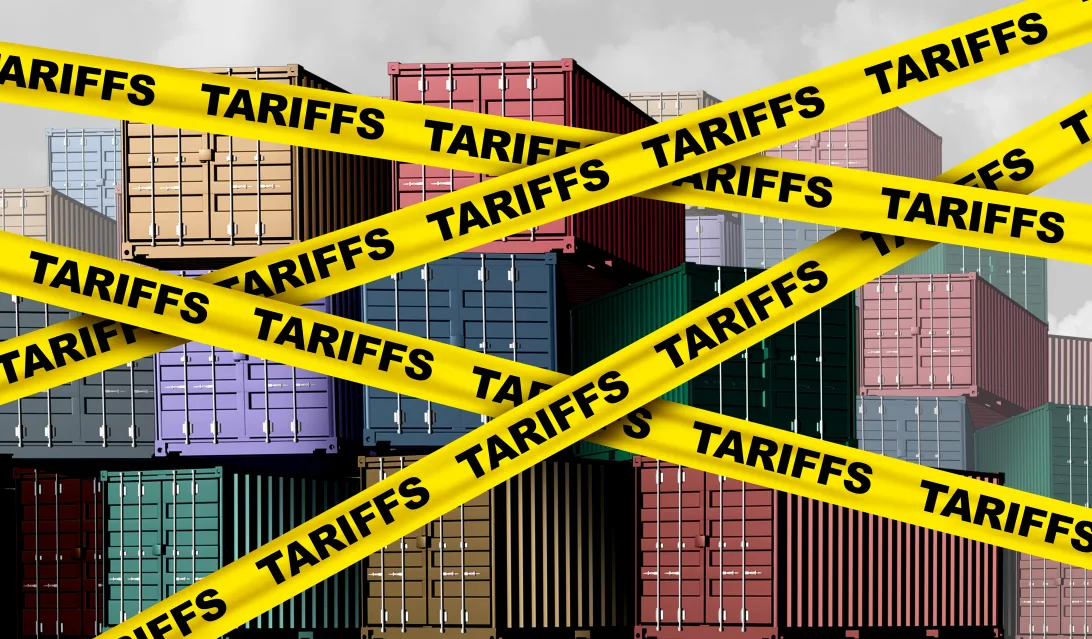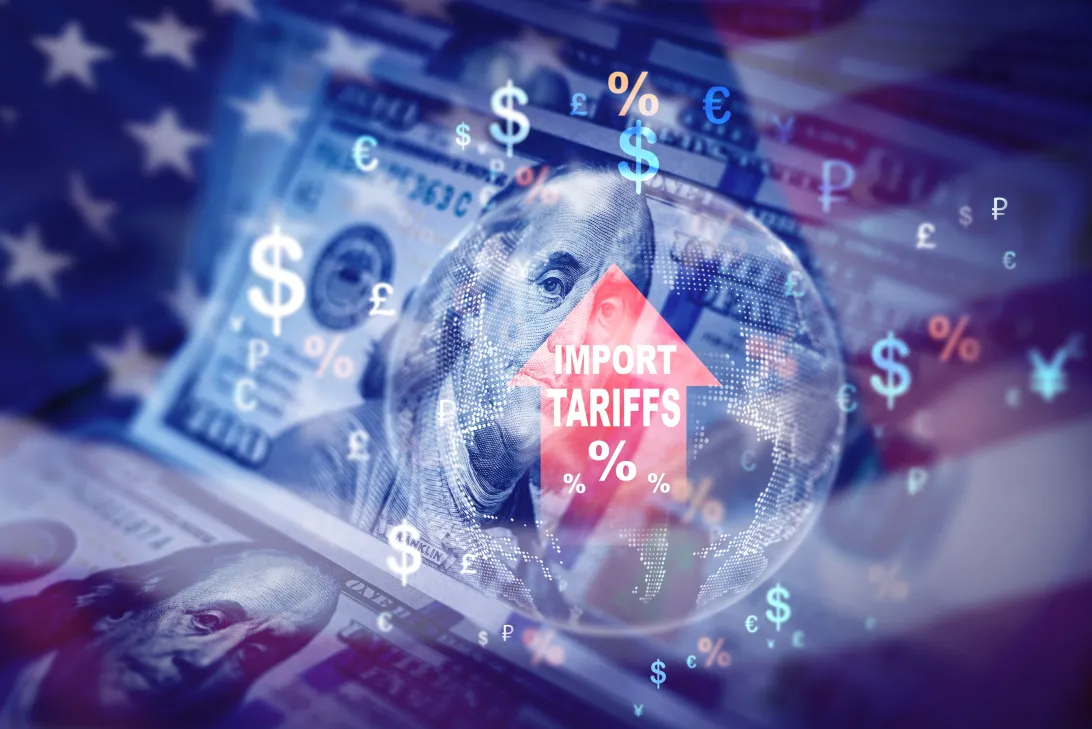
Tariffs and tensions
How Trump’s trade strategy impacts allies, industries, and U.S. consumers
By Tom Kirvan
In the event of a full-blown trade war, the world would be wise to peer into the 17th century mind of Sir Isaac Newton, the brilliant English scientist and mathematician who formulated the three laws of motion, including the “law of cause and effect” that states for every action, there is an equal and opposite reaction.
The principle is fundamental to understanding how forces and interactions occur in the physical world, which also translates to the global economic order that has been rocked in recent weeks by the tariffs announced on April 2 by President Donald Trump.
The so-called reciprocal tariffs were unveiled by Trump on what he labeled as “Liberation Day” or the beginning of what he hopes will be a new era of prosperity for American manufacturers by erecting a wall of protectionism that he claimed will have the added benefit of raising trillions in tariff revenue.
Opponents of his economic policies downplay the possibility of American companies investing in domestic manufacturing, calling it remote given the markedly lower labor costs abroad and the long timeline associated with building factories in the U.S. Their hesitancy increases if they believe the levies may be removed at a moment’s notice, as has happened over the past month in what some Trump critics have called his “Capitulation Day.”
In his first 100 days back in office, Trump wasted no time in reigniting one of his most controversial economic strategies: aggressive tariffs. With promises of bringing jobs back to American soil and reducing the trade deficit, Trump’s tariffs target imports from countries he accuses of engaging in unfair trade practices, particularly China. But as the dust settles from the initial salvo that saw tariffs as high as 145 percent on Chinese goods, average Americans and businesses alike are starting to feel the pressure.

Trump has long touted tariffs as a tool to protect American industry.
“We are putting America first again. These tariffs will make it more attractive to produce right here at home,” Trump said during a recent rally in Pennsylvania.
His economic advisers argue that these moves will revive domestic manufacturing, shift supply chains to U.S. soil, and provide leverage in future trade negotiations.
Trump’s administration has expanded tariffs on steel, aluminum, semiconductors, electric vehicles, and solar panels. The White House claims these moves are intended to protect “strategic sectors” and boost national security. According to Trump, “Other countries have taken advantage of us for decades. This stops now.”
While the rhetoric resonates with parts of Trump’s base, the practical consequences for everyday Americans are more complex. For businesses dependent on imports – such as retailers, auto parts suppliers, and electronics distributors – tariffs have triggered a rise in input costs. That squeeze is often passed down to consumers.
In a letter last month, Suzanne Clarke, CEO and president of the U.S. Chamber of Commerce, said that the uncertainty created by the tariff situation will cause “many small businesses to suffer irreparable harm” in the coming months.
“The Chamber is hearing from small business owners every day who are seeing their ability to survive endangered by the recent increase in tariff rates,” Clarke wrote.
Many small businesses report being forced to either raise prices or cut staff to stay afloat, according to Clarke.
For average consumers, the most noticeable changes may be at the cash register. According to the nonpartisan Yale Budget Lab, tariff-related import costs could increase household expenses by $2,300 annually, depending on the length and scope of the trade measures.
“These are hidden taxes,” says economist Paul Krugman, a noted critic of the administration. “They don’t show up on your paycheck, but you feel them every time you shop for clothes, electronics, or cars.”
Trump’s defenders argue the short-term pain is necessary for long-term gain.
“We need to break free of our dependence on foreign production,” said one senior trade official. “These moves will lay the foundation for a more resilient, independent economy.”
Indeed, there is anecdotal evidence of some reshoring efforts, as firms explore U.S.-based or near-shore alternatives to manufacturing abroad.
However, critics warn of broader consequences. Moody’s Analytics estimates that continued tariff escalation could significantly slow GDP growth over the next year and potentially lead to a recession.
Market volatility has already spiked, with the Dow Jones Industrial Average swinging wildly in response to tariff announcements, such as the 90-day truce that was reached May 12 between China and the U.S. The Dow Jones Industrial Average jumped 1,160 points, or 2.8 percent, after China and the U.S. agreed to temporarily take down most of the tariffs they imposed over the past month. Still, many economists believe a prolonged trade war is a real possibility.
“There’s a real risk of a tit-for-tat spiral,” says Laura Tyson, former chair of the Council of Economic Advisers. “China and the EU will not sit idly by. Retaliatory tariffs are already affecting American soybeans and machinery exports. This is how trade wars start.”
Looking ahead, Trump has hinted at expanding tariffs to additional consumer categories, including apparel and electronics, if “countries don’t come to the table.”
Business leaders across various sectors, from major retailers to logistics firms, are urging the administration to clarify timelines and targets, stating that business planning requires stability. One CFO of a furniture chain, who preferred to remain anonymous for fear of provoking a political backlash, told the Associated Press, “Right now, everything feels like it’s written in pencil. That’s not good for investment or hiring.”
The tariff strategy has reignited a national debate over how best to protect American interests in a global economy. The promised benefits – reshored jobs, reduced deficits, and trade leverage – remain appealing to many. But the path forward is clouded by higher prices, economic uncertainty, and real pain for some industries, particularly in the automobile, technology, and construction sectors.
As the next 100 days unfold, the key question will be whether the administration can strike a balance between toughness abroad and stability at home. For now, average Americans are paying close attention – at the store, at work, and ultimately at the polls.


